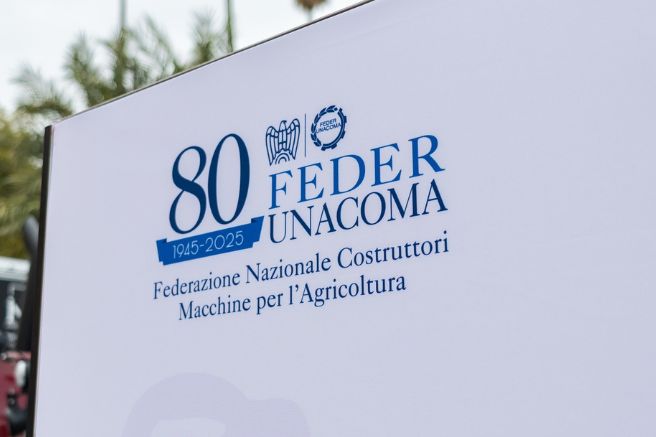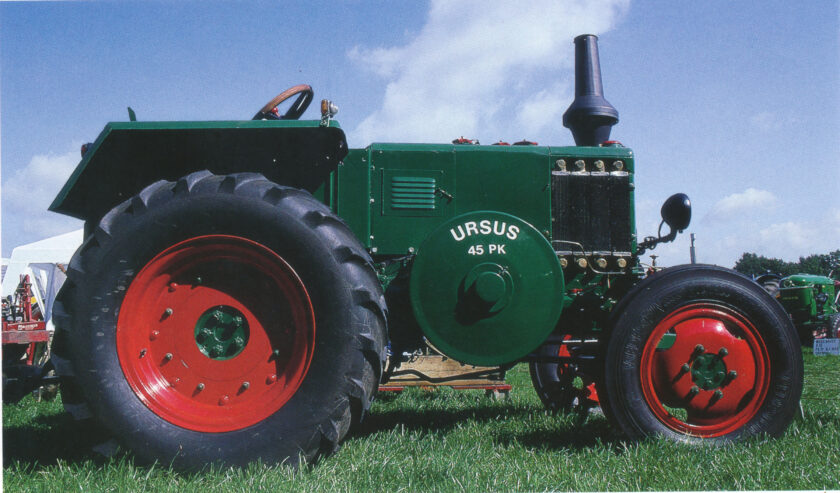
Ursus is the oldest Polish automobile brand, and the company that launched it was initially called “Przemysłowe Towarzystwo Udziałowe.” It was founded in 1893 in Warsaw, at 15 Siena Street, by a small group of entrepreneurs composed of four young men, three engineers, and four businessmen. In the same year, several prominent citizens of Warsaw decided to embark on the same adventure by founding a branch of “Przemysłowe Towarzystwo Udziałowe” focused on producing special fittings. They established it in the Śródmieście area, now the center of Warsaw and the location of the Palace of Culture and Science. The initial capital was drawn from the dowries of seven girls, daughters of the company’s shareholders. Not coincidentally, for several years, the products of the small factory bore the brand “P7P,” a Polish acronym for “dowry of seven girls.”
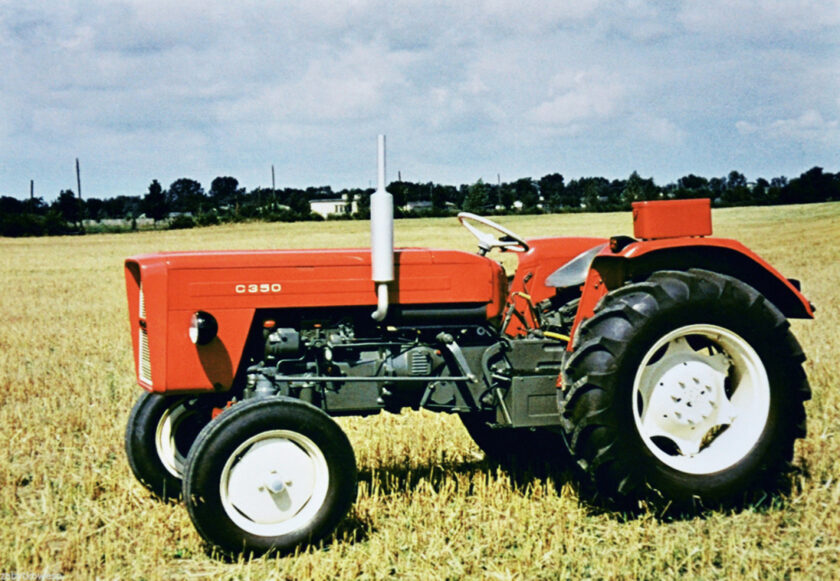
The production quickly moved from fittings to special machinery and accessories for the food industry, particularly for sugar and distillate production, with most of the output exported to Russia. Shortly after, the company began designing and constructing heating systems, hydraulic systems, water intakes, and public fountains. In 1902, the production of internal combustion engines and locomotives began. The workforce at the time consisted of 123 units, directed from mid-1906 by engineer Wiesław Januszewski, who started his activity in the company by reorganizing the production lines from scratch. Januszewski also proposed to the management that the name of the engines, “Ursus,” become a trademark, a proposal that was approved, leading to the transition from “P7P” to “Società per Azioni della Fabbrica Speciale di Indotti e Motori Ursus.” A new plant was built on Skierniewicka Street with the management and technical office, and in 1913, the first diesel engines were produced, with powers ranging from 70 to 600 horsepower, mainly intended for the power plants of Tsarist Russia.
First Approaches with Tractors Ursus
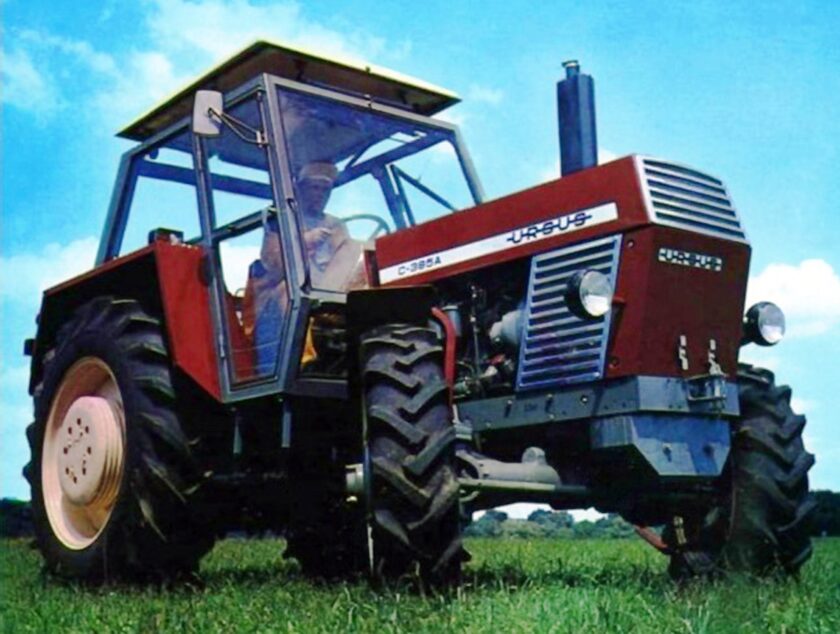
In 1915, the study of an agricultural tractor designed by Polish engineer Charles Taylor began, but the project only reached the prototype stage in 1918 due to the First World War, which was devastating for Poland as it halted all industrial activities. The prototype also suffered the consequences of the difficult situation as its project did not continue. However, in 1921, the subsidiary “Ursus Sa” began repairing military vehicles thanks to a government loan of 500 thousand dollars and started building a factory for the production of two truck models under license from the Italian manufacturer “Spa,” owned by Fiat. This allowed the company to acquire land in Czechowice, near Warsaw, for the construction of a new production plant. The idea of the tractor had not died, and in 1922, when the company changed its name again, this term was included in the denomination. The “Fabbrica di motori e trattori Ursus Sa” was thus formalized, and in the same year, it launched its first tractor, equipped with a two-cylinder engine producing 25 horsepower.
American First Model
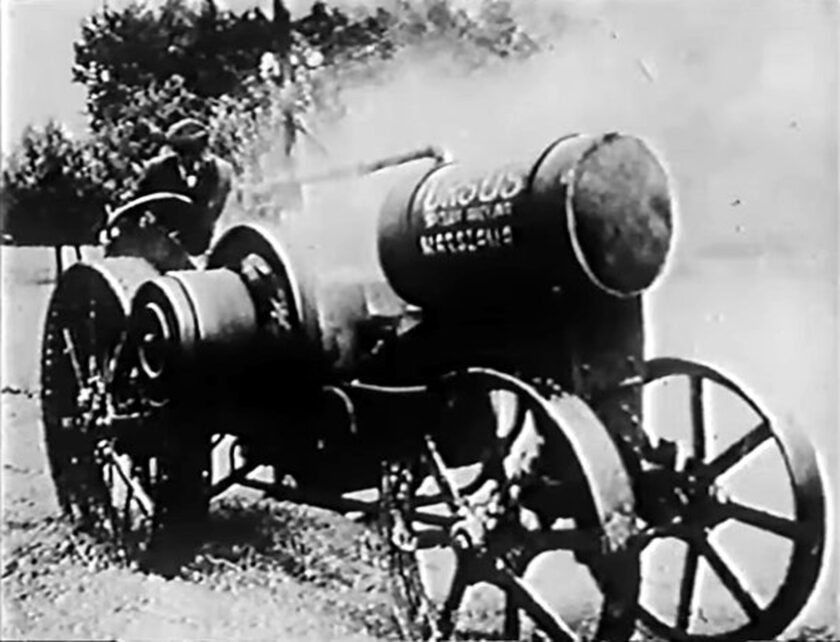
This was practically an International “Titan 10/20” built under license from the American company, a vehicle produced in only one hundred units between 1922 and 1927. Perhaps in light of the expected failure, in 1923, the company changed its name again to “Ursus Lavori Meccanici Sa” and launched into automobile production by reconfiguring and expanding the Czechowice plant. In May 1924, the Polish Ministry of Defense signed a contract for the supply of three-ton Berliet trucks and one and a half-ton “Spa” trucks. According to the contract, these were to be delivered in three lots, with the first, consisting of 200 Berliet “Cba” and 150 Spa “25C,” to be based on imported vehicles. The second lot was to be assembled by Ursus with imported components, and the third was to be produced locally with national components. The program went through, and in 1929, Ursus was able to assemble 300 trains and 50 buses. Due to poor management and excessive investments in the factory, whose production capacity was double the volumes proposed by existing contracts, the company went into crisis, and the government had to intervene, nationalizing it and incorporating it into the state-owned company PZinz. The new entity was tasked with producing a Saurer bus under license, later made in over 1,200 different models, and in 1932, it began motorcycle production.
Military Production alongside Civilian Production
Sensing the possibility of a second world conflict, military vehicle production was also launched, so that until 1939, the annual production averages of PZinz included 737 tanks, 700 military tractors, over a thousand Saurer trucks and buses, many of which were armored, about 1,500 motorcycles for military use, and about a thousand for civilian use. However, in 1939, due to the invasion and occupation of Poland by the German army, the factories were dismantled, the equipment was seized and transferred to Germany, and the buildings were blown up. The personnel were deported, the engineers were forced into labor and then sent to extermination camps where the workers had already ended up. After the conflict, very few PZinz group plants were rebuilt, but among them were also Ursus ones, which resumed only agricultural tractor production under the name “Zakłady Mechaniczne Ursus”.
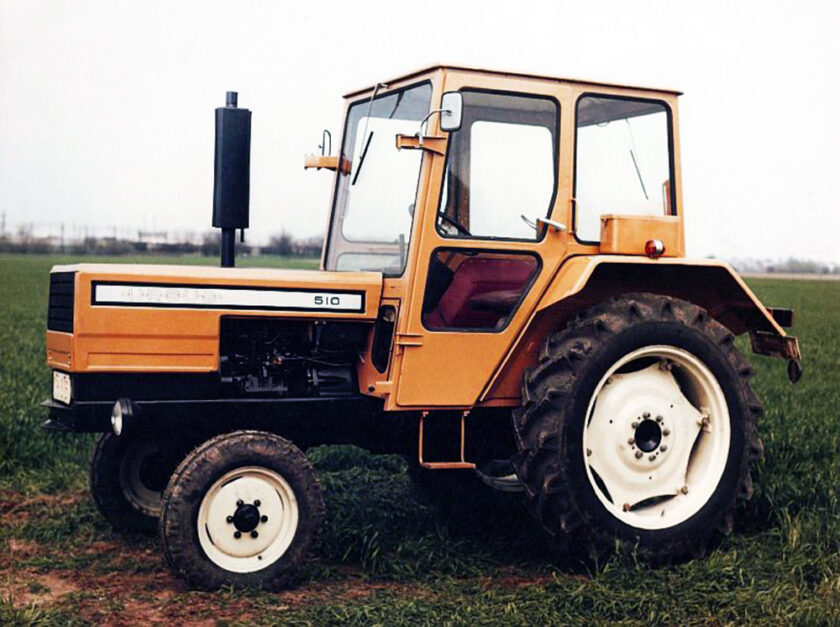
The first vehicles saw the light on April 30, 1947, when the company launched its first post-war tractor, the model “C 45”, an exact copy of the German Lanz “D 9506”. According to various historical sources, it is uncertain whether it was built under license or simply copied, but what is certain is that it was quite successful, so much so that in 1955, at the end of production, the six-thousandth unit was produced. The tractor was powered by a hot-bulb single-cylinder engine with 10,338 cubic centimeters, delivering 45 horsepower, and the grille bore the initials “Zmu”, the company’s acronym.
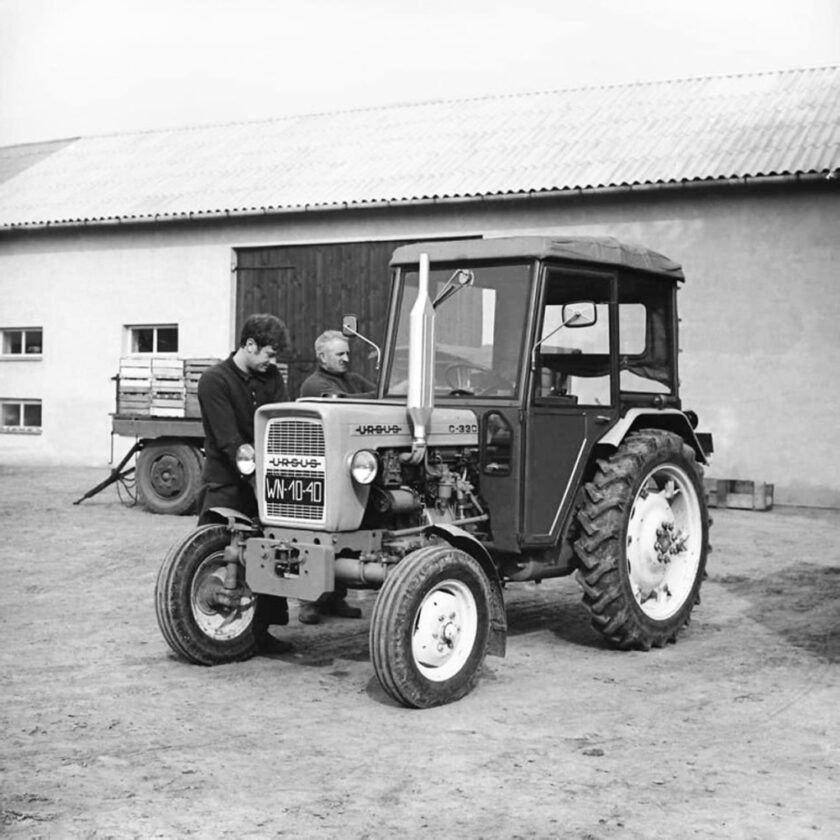
After that machine, many others came out of the Ursus plants, but all re-engined with diesel units, machines that helped mechanize not only the Polish countryside, which was greatly lacking in labor, but also the Russian and all Eastern countries, and to a lesser extent, European and African countries. In more recent times, the company collaborated with the Russian Zetor and continued to produce tractors under the Massey Ferguson license, but this did not prevent Ursus tractor production from slowly declining over the years, from 60,000 units/year in 1980 to about 16,000 in 1995.
Debts Penalized Production
It should be noted that the production decline was due to enormous debt that Ursus had incurred following its expansion program in the 1980s, a commitment that was repaid by blocking access to the funds necessary for the daily operation of the plants. To attempt a revival in 1996, 550 million zlotys, 80 percent of Ursus’ debt to almost 700 creditors, were written off, but tractor sales continued to decline, reaching a historic low of 1,578 units in 2006.
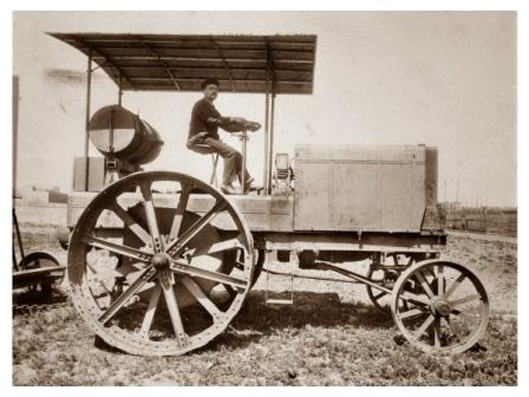
The following year, the Turkish group Uzel Holding tried to help by announcing the acquisition of 51 percent of Ursus with the aim of producing tractors under the Massey Ferguson license, but in 2008, Uzel also went into crisis, proving unable to meet its commitments, which prompted the Indian company Tafe, a tractor manufacturer, and the Polish company Pol-Mot, agricultural equipment and car manufacturers, to acquire Ursus, an operation that in 2011 led Pol-Mot to become the sole owner of the company. Two attempts to revive the brand were made at the end of 2020 and early 2021, and an application was also submitted to the government to initiate a restructuring procedure and the opening of a rehabilitation process, but in both cases, the responses were negative, and things continued to worsen. Despite securing contracts to supply tractors to Ethiopia, Tanzania, and Zambia, Ursus could not cope with the distressing situation that had plagued it for years, resulting in insolvency to suppliers and burdened with debts of tens of millions of zlotys.
For Now, No Hope of Revival
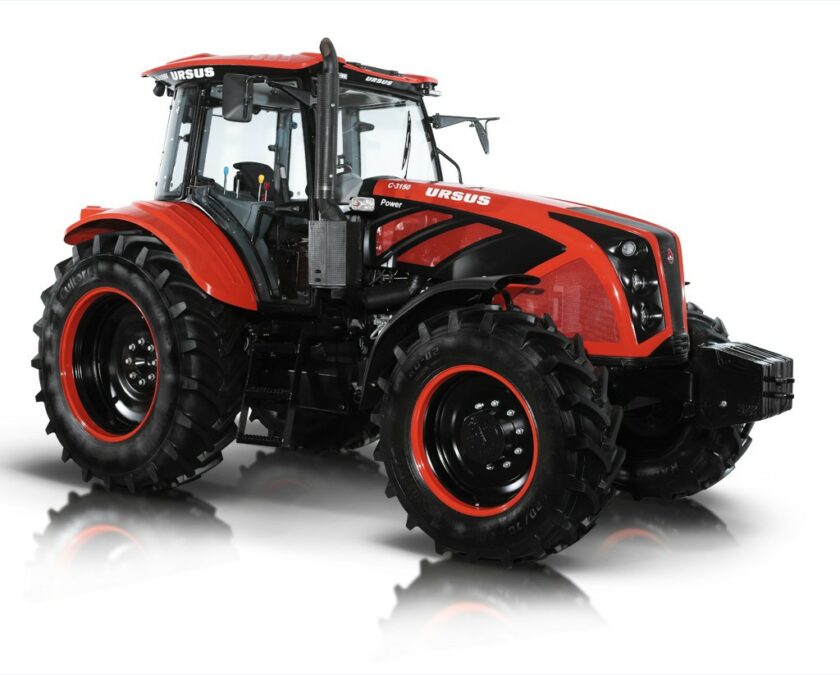
Hence the final chapter, which sees the creditors Getin Noble Bank and Pko Bp presenting a bankruptcy proposal, and the Warsaw court declaring the company bankrupt, appointing Kgs Restrukturyzacje as the bankruptcy trustee. At the moment, it seems that the Polish company’s activities are offered at public auction with a starting price of just under 29 million euros, but no entrepreneurial group has come forward to revive a piece of agricultural mechanization history.
Title: Goodbye to Ursus tractors, the polish bear goes into hibernation after 131 years
Author: Massimo Misley
Translation with ChatGPT





